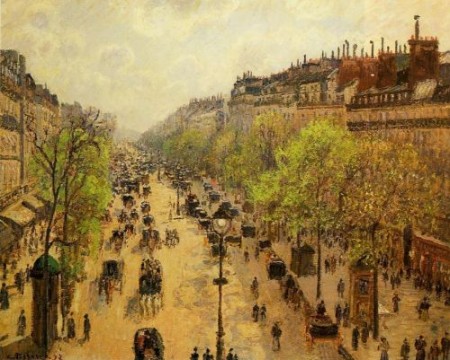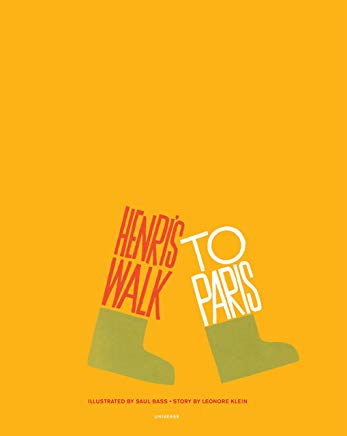The Blog
Blog Entry
The New New

With so much attention these days focused on the means of our content delivery – by what jolts of technology, in which styles, with whose brand and editorial say-so – we are probably right to be skeptical on the occasion of a title’s miraculous reemergence after fifty years away. The curious case of Henri’s Walk to Paris may meanwhile raise a couple of niggling questions, such as: where in the world has this been hiding? In France? Restoration Hardware? Or the infamous Research Division of the New York Public Library, walled off from communication with all but a couple of shaggy academics with magnifying glasses? Oh, don’t get me started.
What did a book ever do to deserve such veneration?
And weren’t there possibly secret handshakes exchanged to enable its furlough? And won’t we then be equally powerless to prevent its disappearance the second time around?
Though you would not guess from stumbling upon it today at your local megamart, Henri’s Walk to Paris was originally illustrated in 1962 by the now deceased Saul Bass, fulsomely identified on the dust jacket as a celebrated American graphic designer and film making collaborator with Otto Preminger, Martin Scorcese, Quakers Oats. Though you may still be wondering, how does he do with a book?
He does great! The writer Leonore Klein is identified as a former librarian. I don’t know if she’s famous. But together they have imagined a story about dreaming and wandering that manages to sound timeless without looking old fashioned. Actually it looks kind of new – or odd, and proud of it - though perhaps this is only wishful thinking based on my experiences recently with some of the oddest, proudest and most original artists working in picture books today. Lane Smith. Maira Kalman. Jon Klassen. Mini Grey. They may be history before we know it. Still, to imagine a future of Silverlicious is to imagine no future at all.
Anyway, Henri. The boy in Klein’s story lives in a tiny French village called Reboul – “Five trees. One squirrel. A small church.” - and reads and fantasizes about Paris, where there are allegedly thousands of all of those things, and buses, and boulevards, even a zoo. Bass’s picture of cathedrals heaping and draping all over one another is especially stirring for anyone who has ever walked beside the Seine, yet it’s his quiet distillations of life in the boondocks which you are likely to have never witnessed before, and may even want to carry around with you afterward for another fifty years until this book reappears for its centennial: Soup in a pot. Flowers in a window. One little white house standing resolutely before a towering, spiraling forest. Three friends – André, Jacques, Michel – just hanging around, like always, as eager to listen to your improbable stories as welcome you home when you return.

